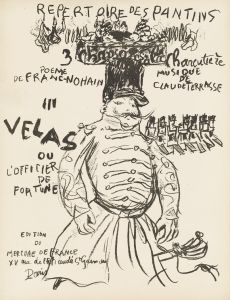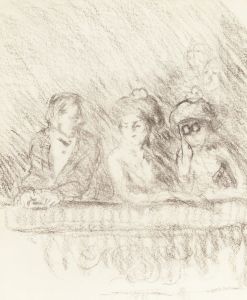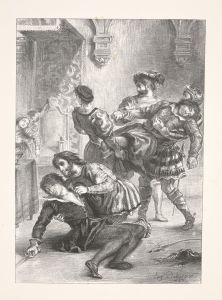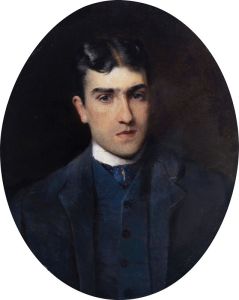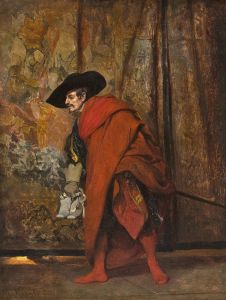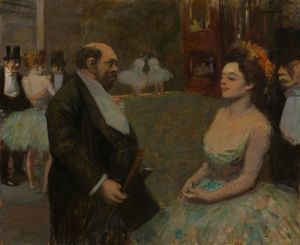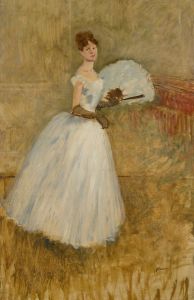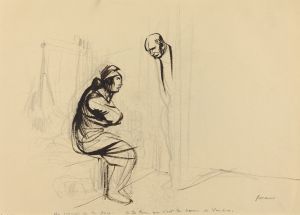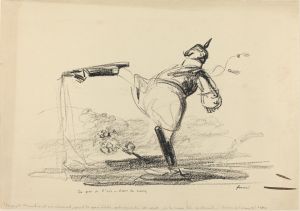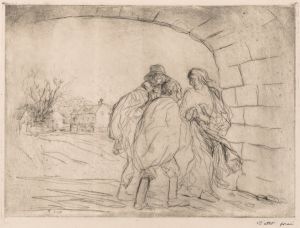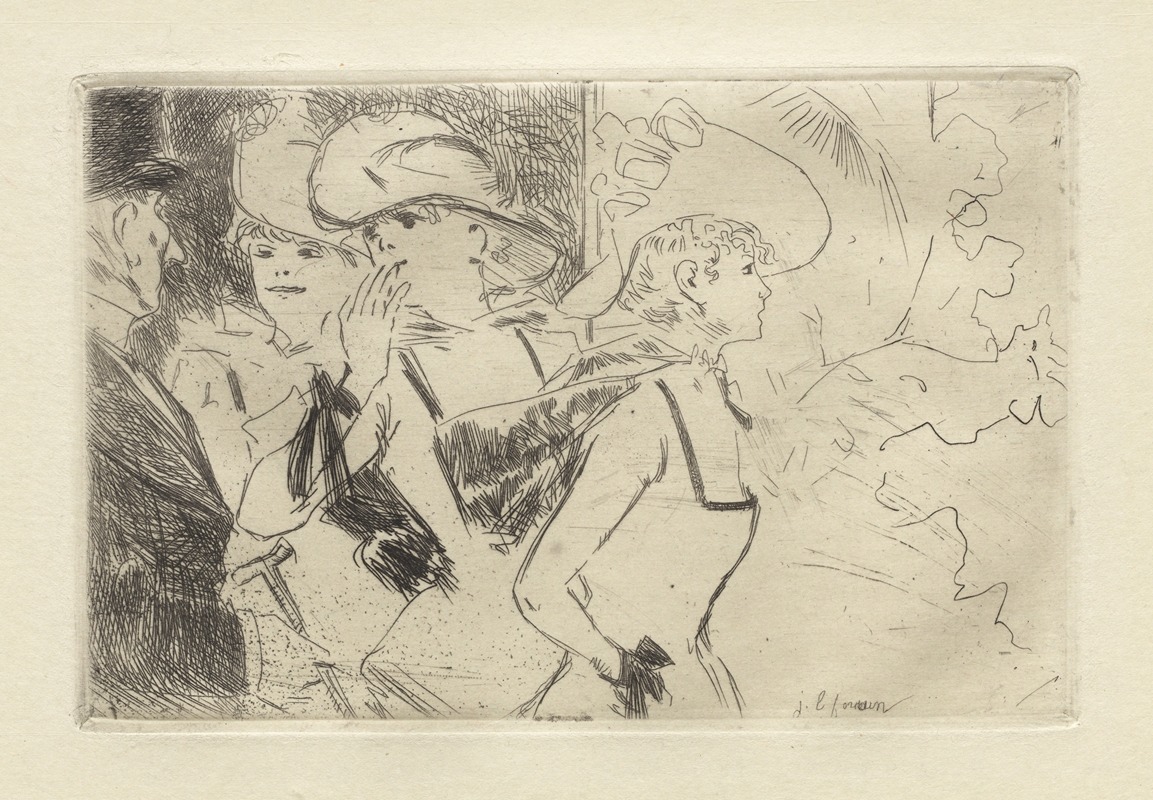
The Folies-Bergère
A hand-painted replica of Jean-Louis Forain’s masterpiece The Folies-Bergère, meticulously crafted by professional artists to capture the true essence of the original. Each piece is created with museum-quality canvas and rare mineral pigments, carefully painted by experienced artists with delicate brushstrokes and rich, layered colors to perfectly recreate the texture of the original artwork. Unlike machine-printed reproductions, this hand-painted version brings the painting to life, infused with the artist’s emotions and skill in every stroke. Whether for personal collection or home decoration, it instantly elevates the artistic atmosphere of any space.
Jean-Louis Forain's painting "The Folies-Bergère" is a notable work that captures the vibrant and dynamic atmosphere of one of Paris's most famous entertainment venues. Jean-Louis Forain (1852-1931) was a French painter, lithographer, watercolorist, and etcher, known for his keen observations of Parisian society. He was associated with the Impressionist movement and was a close friend of Edgar Degas, who influenced his work significantly.
"The Folies-Bergère" was painted in the late 19th century, a period when the Folies Bergère was at the height of its popularity. The Folies Bergère, established in 1869, was a cabaret music hall located in Paris, renowned for its extravagant and risqué performances. It became a symbol of the Belle Époque, a period characterized by cultural flourishing and artistic innovation in France.
Forain's painting depicts a scene inside the Folies Bergère, capturing the essence of the lively and sometimes decadent nightlife of Paris. The composition typically includes elegantly dressed patrons, performers, and the bustling environment of the music hall. Forain's use of light and shadow, along with his attention to detail, brings the scene to life, offering viewers a glimpse into the social dynamics and entertainment culture of the time.
Forain's work is often compared to that of his contemporaries, such as Edgar Degas and Henri de Toulouse-Lautrec, who also depicted scenes of Parisian nightlife. However, Forain's unique style and perspective set him apart. His paintings often carry a sense of immediacy and intimacy, reflecting his background as a caricaturist and illustrator. This background allowed him to capture fleeting moments and the subtleties of human interaction with great skill.
"The Folies-Bergère" is a testament to Forain's ability to blend social commentary with artistic expression. Through his work, he not only documented the entertainment culture of his time but also provided insights into the behaviors and attitudes of the people who frequented such venues. His paintings often reveal the contrasts between the glamour of the performances and the more mundane or even sordid aspects of the audience's lives.
Forain's contributions to art extend beyond his paintings of Parisian nightlife. He was also known for his satirical illustrations and his involvement in the Dreyfus Affair, where he used his art to express his political views. Despite his diverse body of work, "The Folies-Bergère" remains one of his most celebrated pieces, encapsulating the spirit of an era and the allure of one of Paris's most iconic entertainment venues.
Today, Jean-Louis Forain's works are held in various prestigious collections, including the Musée d'Orsay in Paris and the Metropolitan Museum of Art in New York. His paintings continue to be appreciated for their historical significance and their ability to convey the vibrancy of Parisian life during the Belle Époque. "The Folies-Bergère" stands as a remarkable example of Forain's talent and his contribution to the world of art.





